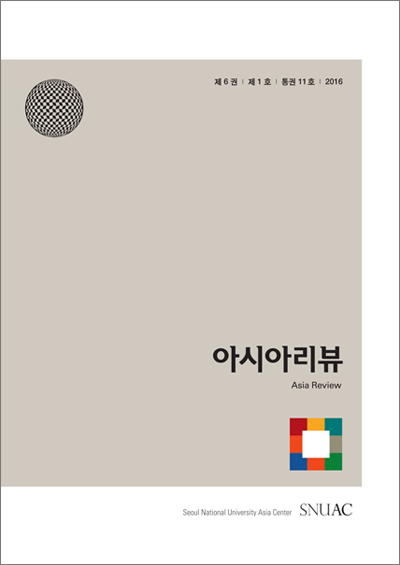The Vietnam economy observes stark contrasts in its regional economies, particularly the North-South economic structure. How and from when did these patterns of the North-South regional imbalance appear? This study attempted to trace grounded reasons for this regional divergence from a comparative historical political economy approach, focusing on the French colonial era. The main finding shows a significant dependence of the North-South’s regional development on its past economic structure during the colony, which could be named a socalled path dependence. Differences in colonial policies by region widened the economic discrepancies between the North (Tonkin) and the South (Cochinchina) and provided limited socioeconomic synergy among sectors by region. The limited labour movement and market integration also reinforced regional production patterns. On the one hand, the South promoted specialisation in agriculture, with rice production, industrial crops, trade, and commercial activities, which became the primary sources of its prosperity. In contrast, the northern pattern of diversification of productions essentially sustained the North’s autarkic and closed economy. The colonial industry showed a low level of development, especially a lack of linkages between agricultural and industrial production, which left an indelible imprint and legacy on the post-colonial economy. Equally important, the impact of a limited transportation network might have been strong because the freedom to choose a variety of locations was absent, and communications must follow limitedly existing routes.
Path Dependence of Vietnam’s Regional Development: Roots from the Colonial Rule
저자: Nguyen Thi Ha (Assistant Professor, Chugye University for the Arts)
주제어: path dependence, colonial rule, regional development, North-South, divergent growth

